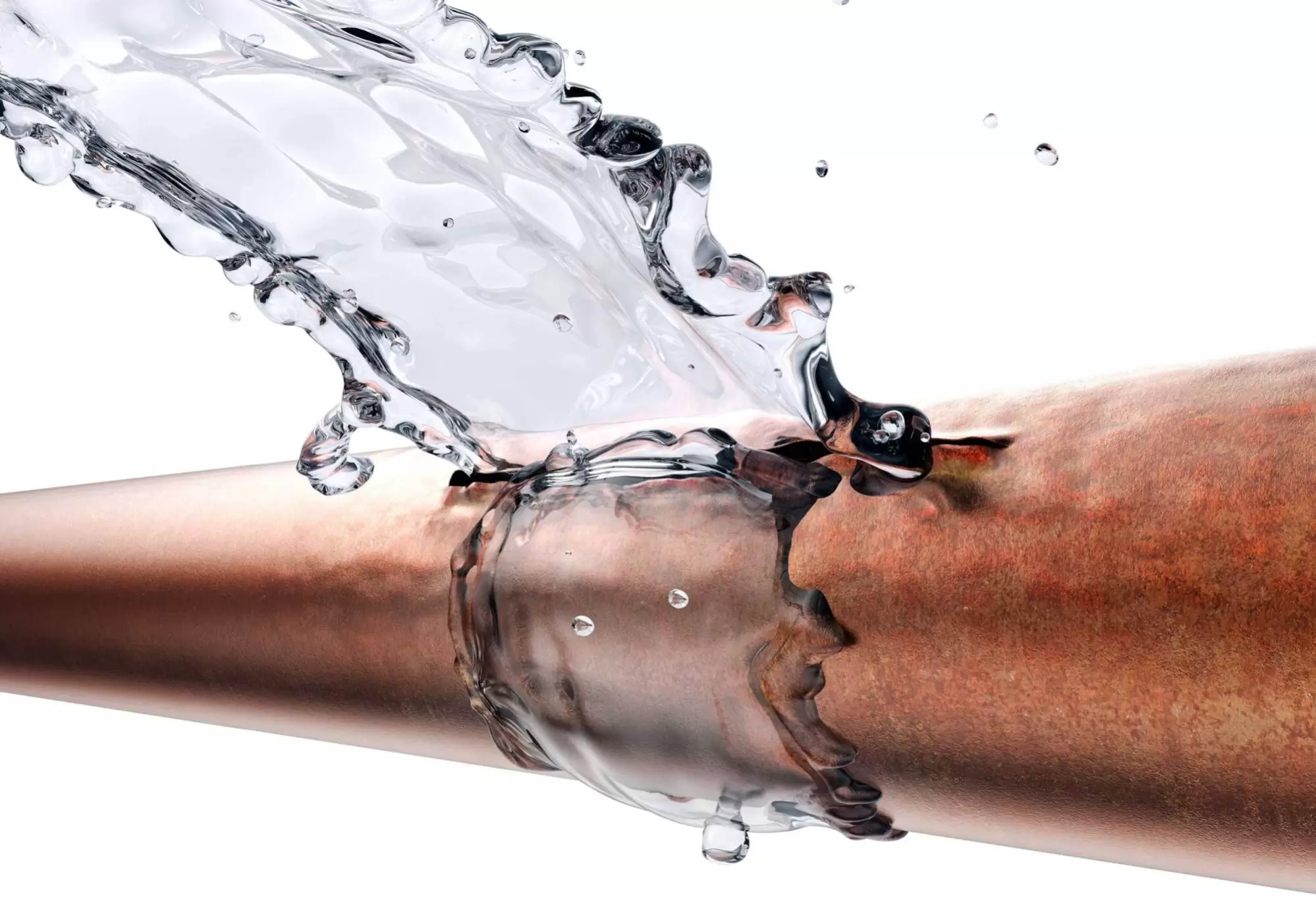Suggestions for Choosing a Duct Cleaning Service Provider
To find companies that provide duct cleaning services, check your Yellow Pages under "duct cleaning". Talk to at least three different service providers and get written estimates before deciding whether to have your ducts cleaned. When the service providers come to your home, ask them to show you the contamination that would justify having your ducts cleaned.
• Do not hire duct cleaners who make sweeping claims about the health benefits of duct cleaning -- such claims are unsubstantiated.
• Do not hire duct cleaners who recommend duct cleaning as a routine part of your heating and cooling system maintenance.
• Do not allow the use of chemical biocides or sealants unless you fully understand the pros and the cons.
• Check references to be sure other customers were satisfied and did not experience any problems with their heating and cooling system after cleaning.
• Contact your local consumer affairs or local Better Business Bureau to determine if complaints have been lodged against any of the companies you are considering.
• Interview potential service providers to ensure:
-they are experienced in duct cleaning and have worked on systems like yours;
-they will use procedures to protect you, your pets, and your home from contamination; and
-they comply with air duct cleaning standards and, if your ducts are constructed of fiberglass duct board or insulated internally with fiberglass duct liner, with the North American Insulation Manufacturers Association's (NAIMA) recommendations.
•If the service provider charges by the hour, request an estimate of the number of hours or days the job will take, and find out whether there will be interruptions in the work. Make sure the duct cleaner you choose will provide a wirtten agreement outlining the total cost and scope of the job before work begins.



